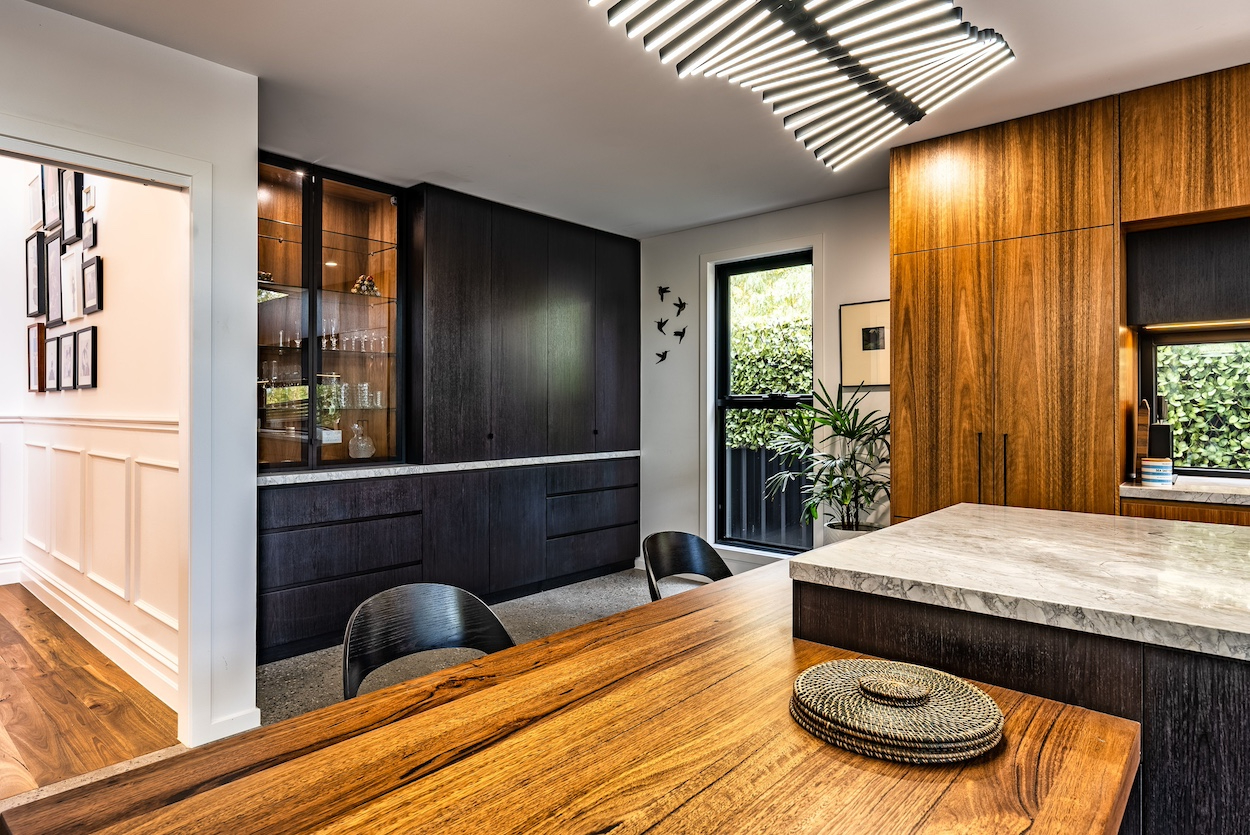Granite vs Marble Countertops
Let’s see how to tell the difference between marble and granite. Many people use these materials in their homes because these stones are aesthetically pleasing and create pretty countertops that look great and are functional – but would you be able to tell the difference? Keep reading to see what the main differences of granite and marble are and how to spot the difference easily. We will look at the benefits of each type of stone so you’ll be well informed which type of stone to choose for your kitchen worktops.

What is the Difference Between Marble and Granite?
Although marble and granite are similar in style, there are significant differences that set them apart. Stone such as marble and granite have been naturally formed over thousands of years, and some have even taken millions of years to form. You can normally identify marble from its natural veining whereas granite has a different “flecked” appearance. This isn’t always the case, so it can be tricky to tell one from the other.
The composition of both stones are very different. Granite, sandstone and slate are mainly composed of silica or a type of quartz particle. Granite normally has to be quarried or cut with special diamond-tipped drills as the stone is one of the strongest known. Granite is also durable and easy to clean and maintain.
Stone such as marble, limestone and onyx are calcareous stone which is composed of mainly calcium carbonate which is built up from sand and shells formed under the sea thousands of years ago. You can find red iron or green copper within the marble creating veins of color which gives the stone its distinct appearance. This type of stone isn’t as robust as granite and whilst still strong can be quite porous and stained easily from wine, acidic foods such as vinegar and citrus fruits and certain cleaning products.
People usually associate marble and granite with the colors gray and white and whilst these colors are by far the most popular, there are many other tones and colors available in both granite and marble. One of the most popular types of marble is Italian marble which is well known for its beautiful white tone.
What Should You Choose For Your Kitchen Countertop?
Now you know how to tell the difference between marble and granite you may still feel confused! Both stones have a certain aesthetic that works wonderfully in kitchens and bathrooms, so how can you choose which is the best for you? Let’s look at the differences a little further. As both stones are quarried from the earth are they both as durable as kitchen countertops? The short answer is…no! Both stones differ quite significantly when it comes to how porous they are. Although marble appears and indeed feels rock solid it is in fact more porous than granite and therefore more prone to staining. The only exception to this rule is specific marble such as Imperial Danby marble which is not from Italy, it’s actually from Vermont. This type of marble looks similar to classic marble and is denser and more robust. Granite, on the other hand, is a harder stone and more resistant to staining and discoloration. Granite and marble are both suitable stones for the kitchen as they are mostly heat and scorch-proof and solid. Both types of stone are available in a variety of different colors and patterns but typically marble has the classic veining and granite features flecks.
How are the characteristics formed?
Both types of rock have been formed in the earth but in very different ways. Granite started its life molten and formed deep in the earth as it cooled. The flecks that you see in granite are minerals that have been caught in the formation of the rock. Marble originated as limestone that was put under extreme pressure and heat that changed its composition. This then changed its structure and brought in other minerals which gave it it’s veining.
How To Look After Marble and Granite Countertops
The reason why both granite and marble make great choices for kitchens, floors and bathrooms is because they’re both so strong and durable. They’re also relatively easy to look after and will last a very long time. For this reason you can expect to pay many more dollars than a wooden kitchen countertop, but we feel that it’s worth it to have classic marble or granite in your kitchen.
The problem with both of these stones and in particular marble (which is softer) is that is has a reputation of chipping and staining. The truth is, that although these strong stones are waterproof, very hygienic and tough, they can indeed be susceptible to staining and chipping. Before you use any granite or marble countertop – and especially if you are using white stone – then you will need to make sure that the marble or granite is professionally sealed. This will help the material resist stains. Remember, stone is porous so to void etching and staining then you should also always use a chopping board and avoid cutting citrus fruits, acidic foods and obvious foods like beetroot anywhere near your counter!
Which Will You Choose?
Granite and marble are both suitable materials for kitchen countertops. It really all comes down to a matter of taste and aesthetic. Some people absolutely adore the delicate shade of Italian marble whereas others love the more rustic appearance of granite. These aren’t materials that should be purchased online. To get a real feel for the materials you should visit some home stores and have a look at the different types of colors and patterns available. Your kitchen countertops will last a very long time, whether they are granite or marble, so if you opt for something classic or timeless then you’re kitchen will never look outdated.